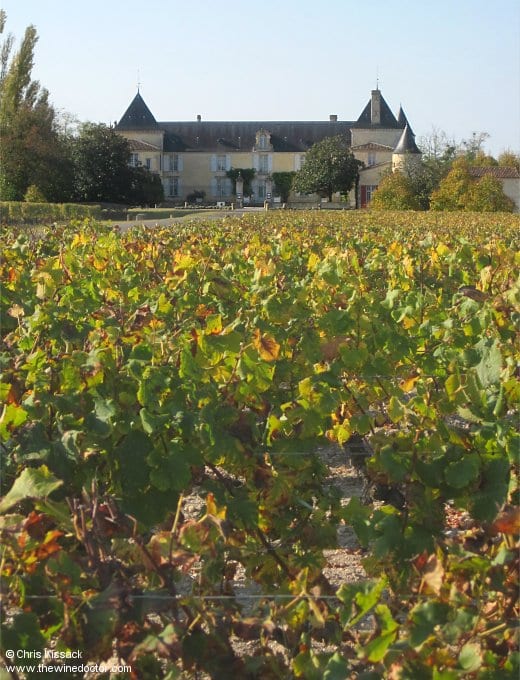Château Suduiraut
I am not certain of the details of my first ever meeting with the wines of Château Suduiraut; I have many good memories of bottles opened, and bottles shared, but can I be certain which of those bottles – opened before the days of rigorous note-keeping, or even more rigorous online publishing – was the very first? I am certain of my first meeting with the modern face of Suduiraut though, this being Christian Seely, and he had a bottle (or rather one in a sequence of bottles) of Suduiraut in his hand at the time. And if that weren’t enough, who could forget clapping eyes on the wine trade’s most famous bow tie for the very first time?
The wines in question were largely from the 1990s, although I think the 2001 was there as well, and the year was 2003. Or maybe 2004. The wines were from a run of good vintages that benefited Sauternes around that time; curiously the years in question tended to be odd rather than even. And so we tasted the superb 1997, the under-rated 1999, and the exquisite 2001, at the time brimming with potential rather than ready pleasure. Looking back to that meeting, many years later, there have been a few changes, although many things remain stay the same. Seely still favours the bow tie. Vintages still have a predilection for the odd years (witness the successes of 2007, 2009 and 2011) although the delightful wines of 2010 have ruined this easy and memorable pattern. One thing that has changed, however, is the quality. At that time the wines were good. As the 21st century has marched on, however, it is clear that they are now absolutely top class, success which can largely be credited to the involvement of AXA Millésimes, and the leadership of Christian Seely. But before I provide more detail on Seely’s work here, and the Suduiraut of today, some history is perhaps appropriate.

